Although they couldn’t wait to meet their first child, Danielle and Nick Oostveen never expected to meet their son, Everett, two months early.
“His due date was the end of November 2016, but we found out during our 20-week ultrasound that he had a congenital heart defect,” Danielle said.
Everett’s two heart valves—his pulmonary artery and aorta—had fused together in utero.
He also suffered from DiGeorge syndrome, a rare chromosome disorder that affects fewer than 200,000 people in the United States each year. It can result in poor development of body systems and cause heart defects.
Spectrum Health maternal fetal medicine specialists monitored mom and baby closely during the pregnancy.
They put the family in touch with Marcus Haw, MD, a pediatric cardiovascular surgeon with the Congenital Heart Center at Spectrum Health Helen DeVos Children’s Hospital.
“They had a plan in place,” Danielle said. “I was put on bed rest around 28 weeks. We met with Dr. Haw around that time to get a tour of the (neonatal intensive care unit).
“It was so reassuring, even though it’s not the normal journey of having a baby,” she said. “It was so nice to know this is where we’re going to go and these are the hands that will be helping us.”
One day, Danielle experienced what she thought was a bad stomachache.
“They told me it was contractions,” she said. “They couldn’t stop the labor. He came out at 4 pounds, 3 ounces, which is actually a pretty good weight for 32 weeks. That was very much in his favor.”
Healing for the heart
Everett spent the next week in the NICU in the Gerber Foundation Neonatal Center at Helen DeVos Children’s Hospital.
Just seven days after birth, Dr. Haw took Everett into the operating room for closed heart hybrid surgery.
“He didn’t have to put him on bypass,” Danielle said. “He put a band on his beating heart.”
But Everett’s heart didn’t respond like the doctor had hoped. Two days later, Everett was back in the operating room so doctors could tighten the bands.
Fortunately, the Oostveens lived in nearby Wyoming, Michigan. They would spend every day with their baby, then return home to sleep.
In late January, Dr. Haw performed another intense heart surgery, one of 16 surgeries or procedures Everett would undergo in his first year of life.
“He’s such a trouper,” Danielle said. “After surgery, he was back in PICU for five or six weeks, then we went home finally. He spent his first 140 days in the hospital. All the memories and pictures—even two years later it’s still very emotional.”
Everett went home in February on oxygen and a feeding tube.
He continued to grow and all seemed well.
But then something changed.
Saying goodbye
“The beginning of May, he started acting funny,” Danielle said. “When you tried to get him to sleep he would fall asleep, then two seconds later he’d be wiggling around and crying.
“It got worse over the day,” she said. “Nick and I took him to the (Helen DeVos Children’s Hospital) ER. We couldn’t console him at all and he was breathing very fast.”
Staff took Everett to the pediatric intensive care unit.
“All of a sudden, in the bed they had him in, he had a stroke,” Danielle said. “The right side of his body kind of all drooped. They immediately intubated him and took him for an MRI. They found a huge brain bleed on his right front lobe.”
Staff called Casey Madura, MD, a pediatric neurosurgeon with the Helen DeVos Children’s Hospital Neuroscience Center, at 11 p.m.
Dr. Madura arrived and reviewed the scans.
The options felt terrifying.
“He sat with us and said, ‘We can let it go and he’s not going to make it, or I can take him to the operating room and try to drain as much blood as possible—but we still can’t guarantee he’ll make it out of surgery,’” Danielle said. “He told us more or less to say our goodbyes.”
The Oostveens did the only thing they knew how to do at the time—they prayed.
Both Danielle and Nick called their parents so they could say goodbye, too.
The family sat in the surgery waiting room from 5 to 7:30 a.m.
“It was more eerie than normal,” Danielle said. “Dr. Madura came out about 7:30 a.m. and said, ‘I got most of it.'”
The doctor reported Everett was doing better than they had hoped but remained in a fragile state. Everett stayed at Helen DeVos Children’s Hospital in an induced coma for the next week, which allowed his brain to heal.
“They kept a flap of the skull off so the brain had room to breathe and take the swelling down,” she said. “We sat in this dark room and read him stories very quietly.”
A week later, Dr. Madura took Everett back to surgery to remove more blood and inserted a drain. He stayed in the hospital for another three weeks.
Making a comeback
Then, the real work began for Everett.
The stroke left his right side weak. He underwent intense physical and occupational therapy.
“The right side was not moving anywhere as much as the left side,” Danielle said. “Everyone said because of how young he was, his head and his brain weren’t done growing yet and he had a way better chance of recovery than someone my age.”
Everett returned home and continued therapy with Spectrum Health At Home.
Now a thriving 3-year-old, Everett works out every Friday during Helen DeVos Children’s Hospital outpatient therapy sessions.
On a recent visit, he wowed his therapists with his newfound skill—walking.
After Everett placed orange, blue and green pegs in holes with his right arm—and sucked on a black peg for good measure—he walked a few steps to “Da-da.”
“He’s come a long way,” Nick said. “He’s gone from basically not moving to crawling to taking steps on his own.
“It’s incredible all the odds he’s beaten,” he said. “Doctors thought he wouldn’t be walking at all after that right side was paralyzed. He’s a tough kid and super determined. It’s fun to watch and celebrate his milestones with all the people who have helped.”
Helen DeVos Children’s Hospital physical therapist Stacey Omiljan is one of those people.
“I have goosebumps,” Omiljan said when learning Everett had become mobile. “Good job, Dude.”
Omiljan recalled the first time she worked with Everett, about a year ago.
“The first time he came in I had to be right next to him,” she said. “He would topple over at sitting. Now, he’s taking four to five steps. His entire right side was flaccid. His right arm would just lay there. He’s really taken off.”
So much so, he doesn’t want to stop walking now that he has started. He walked small distances several times between Nick and Omiljan in the therapy room.
“You’re doing so good,” Omiljan said. “You got it. I can’t believe he’s taking steps on his own.”
Despite the steps forward, Danielle and Nick realize the future is unknown.
“He could be severely handicapped, or he could be a doctor or a lawyer,” Nick said. “They don’t know how this affects each individual.”
They are inching through life, moment by moment, celebrating each small victory.
“He goes at his own pace, but we are perfectly fine with that,” Danielle said, as Everett blew at a bubble wand and squealed with delight. “He’s shown us a lot of stuff that they said he probably wouldn’t do.”
Nick remains impressed with the progress.
“We keep setting new goals and he just keeps hitting them,” he said. “When we first started, it was not that way.”
Can-do spirit
After his physical therapy session, Everett and his family joined speech therapist Hanna Lambers in a conference room.
Nick showed her the video of Everett walking. Her mouth dropped open in surprise, then she proceeded to work on Everett’s mouth muscles, asking him to stretch them.
“I think he’s made some really great progress,” Lambers said. “We’re trying to get him in a closed-mouth position so he can get some more consonants. He’s made good progress in his feeding and he’s starting to communicate intentionally.”
Lambers pulled out a purple bubble wand and blew. With his right hand, Everett tapped a bubble.
The boy smiled. Everyone in the room smiled.
Meghan Behrmann, MD, a Helen DeVos Children’s Hospital developmental pediatrician, said she’s impressed with Everett’s gains.
“I am continually amazed by Everett’s developmental progress every time I see him,” Dr. Behrmann said. “He demonstrates incredible perseverance and resilience through his medical complexities and setbacks.”
She also praised Everett’s family.
“He has so many strengths, not the least of which are having parents who know him, understand him and have always been aggressive at seeking out the best therapies, interventions and care for him.”
Although she, too, acknowledged an uncertain future, Dr. Behrmann said she’s optimistic about how high this boy may soar.
“I would not put limits on him,” she said. “As soon as we say Everett is never going to do something, he is going to prove us wrong. He will show us what he can do.”

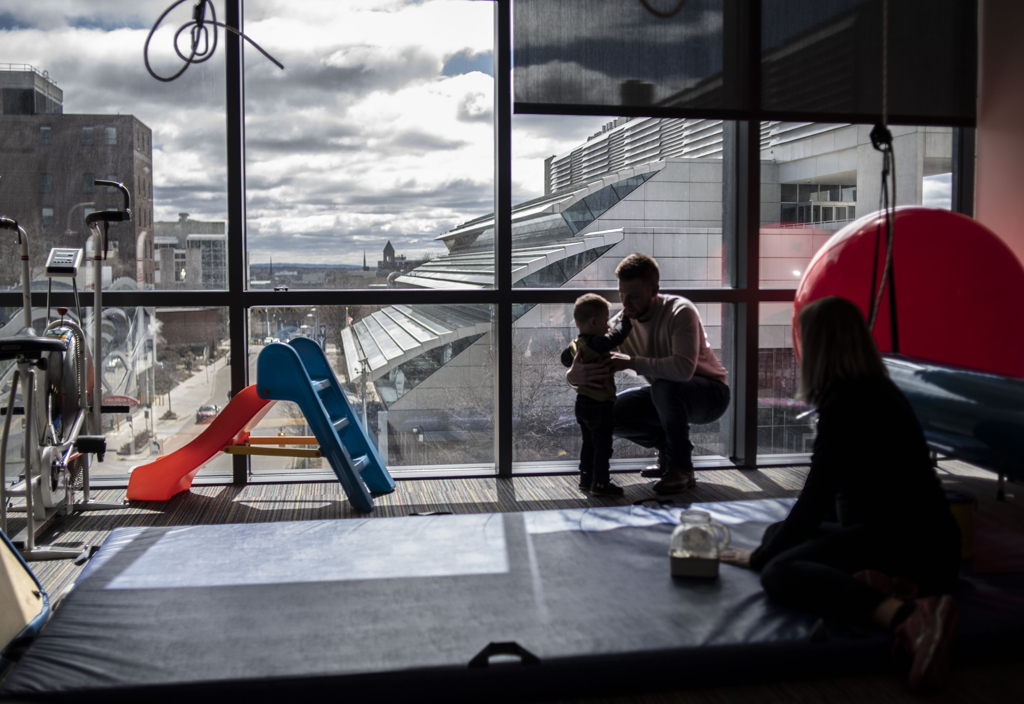
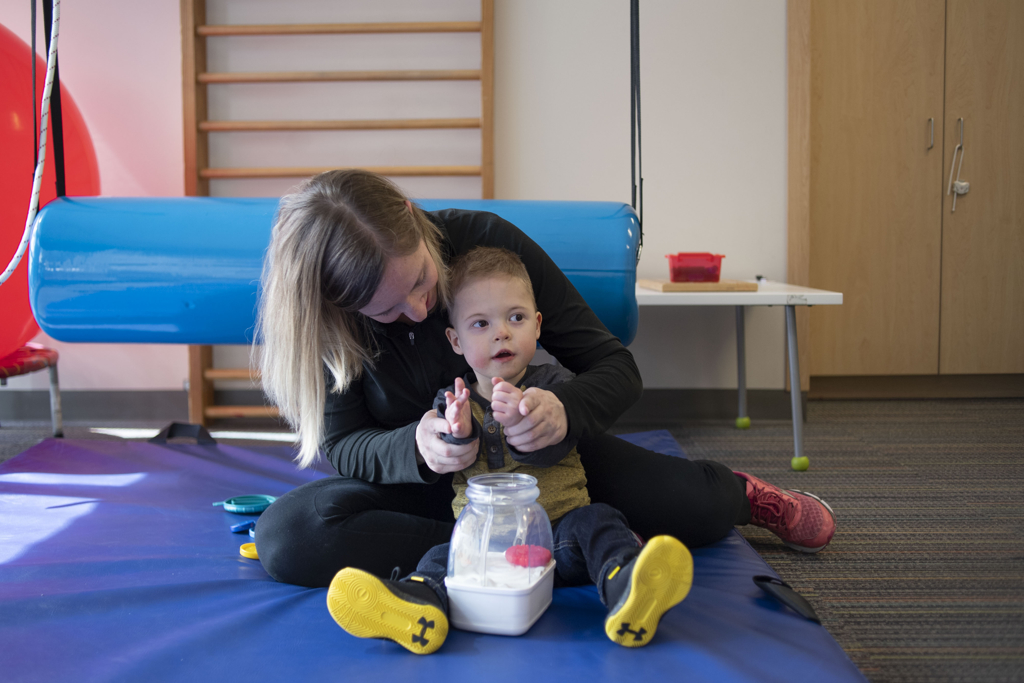
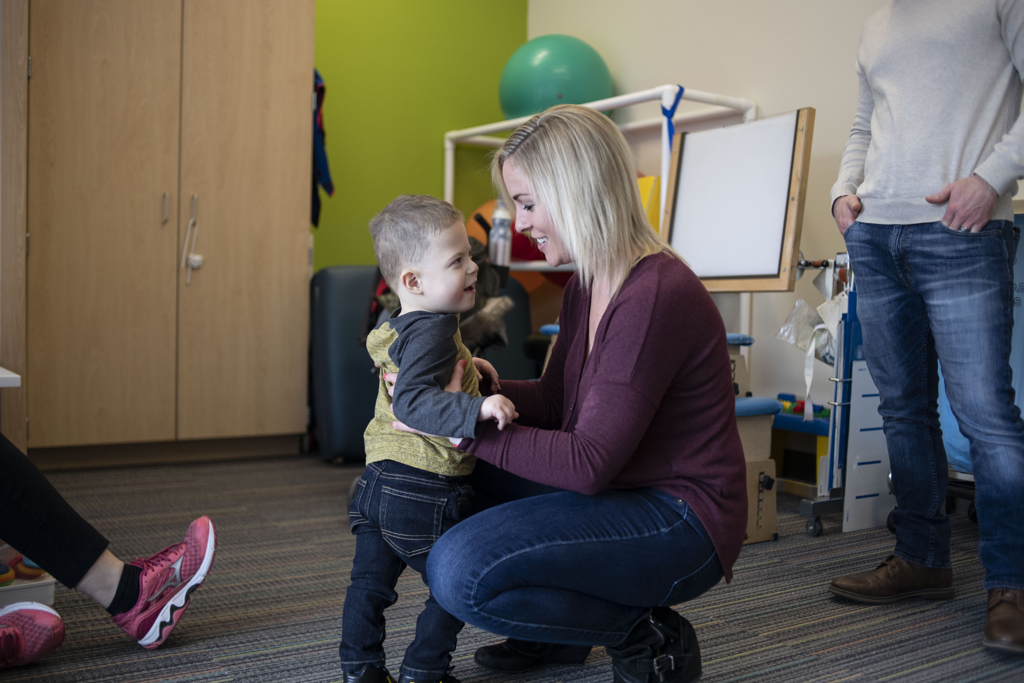

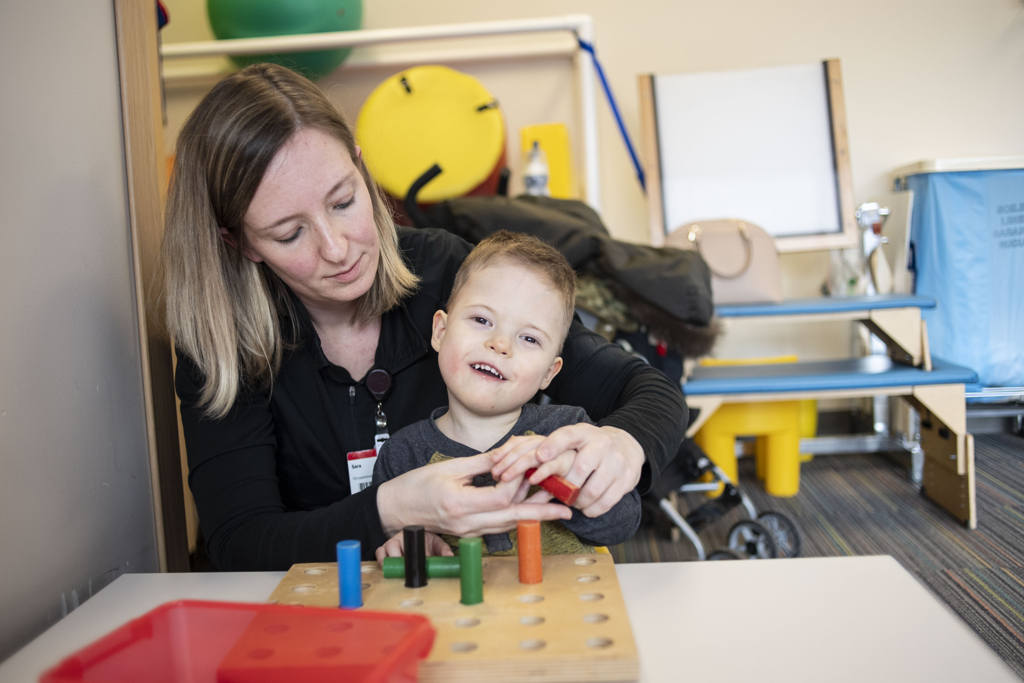

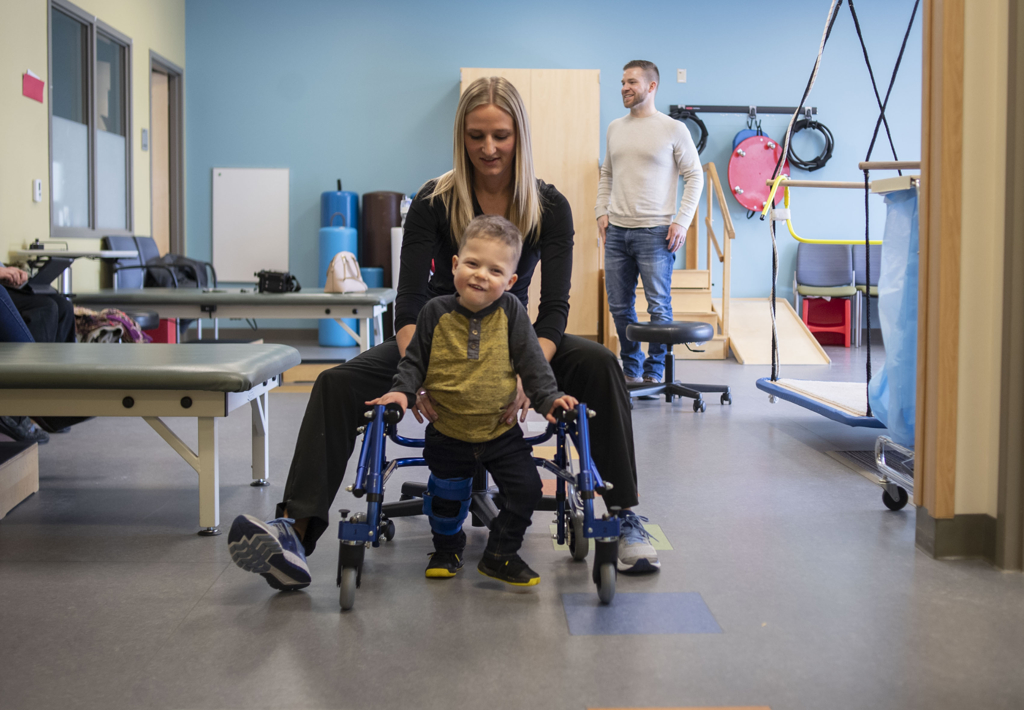
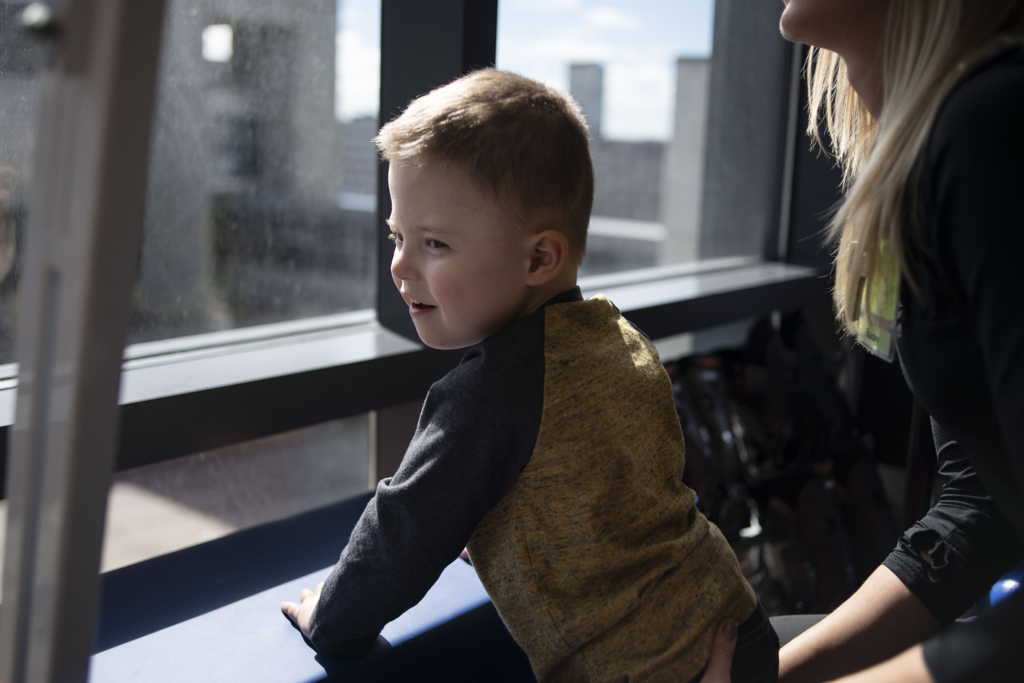
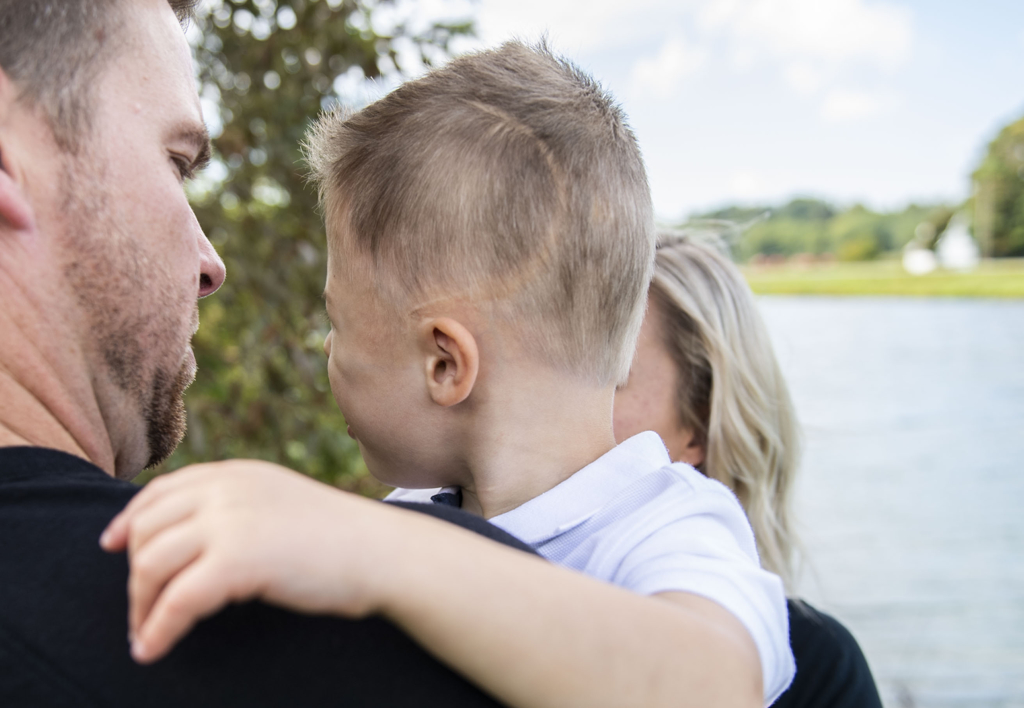

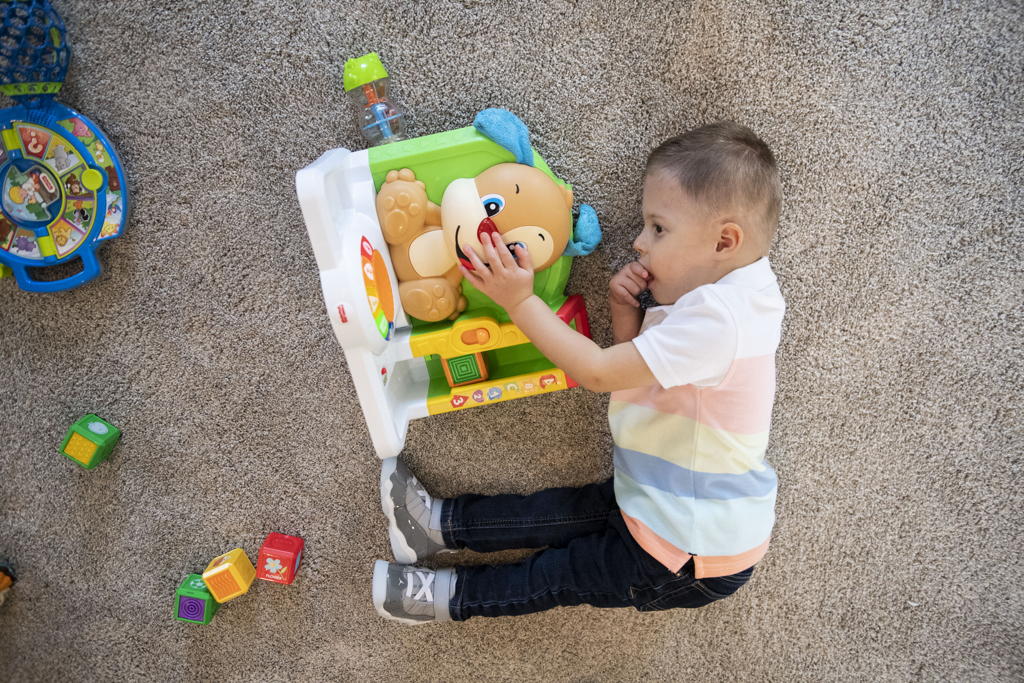
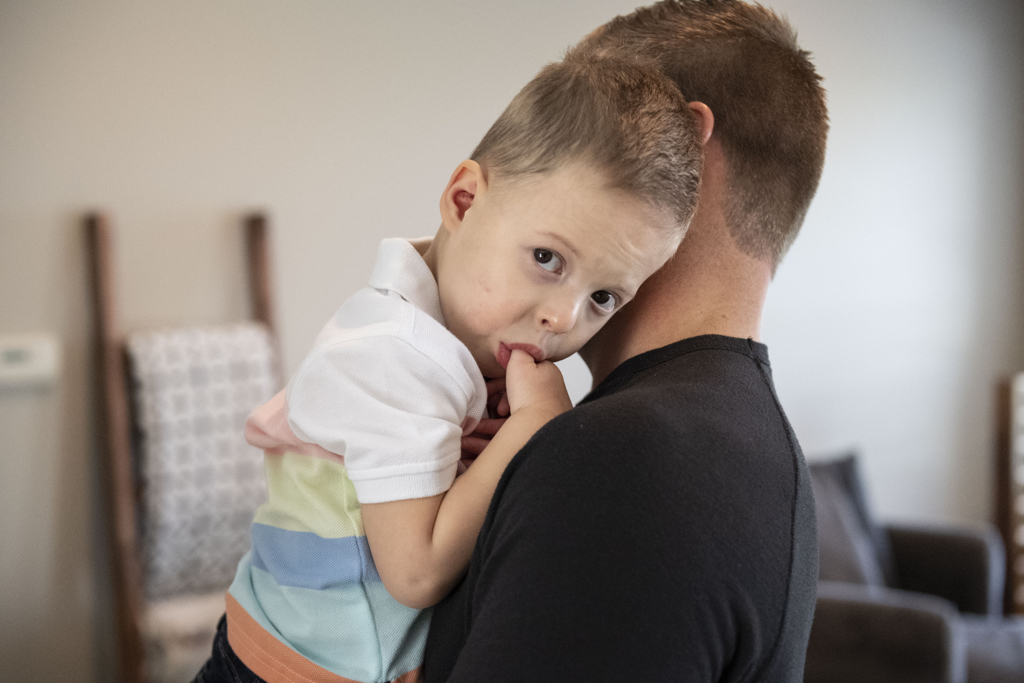
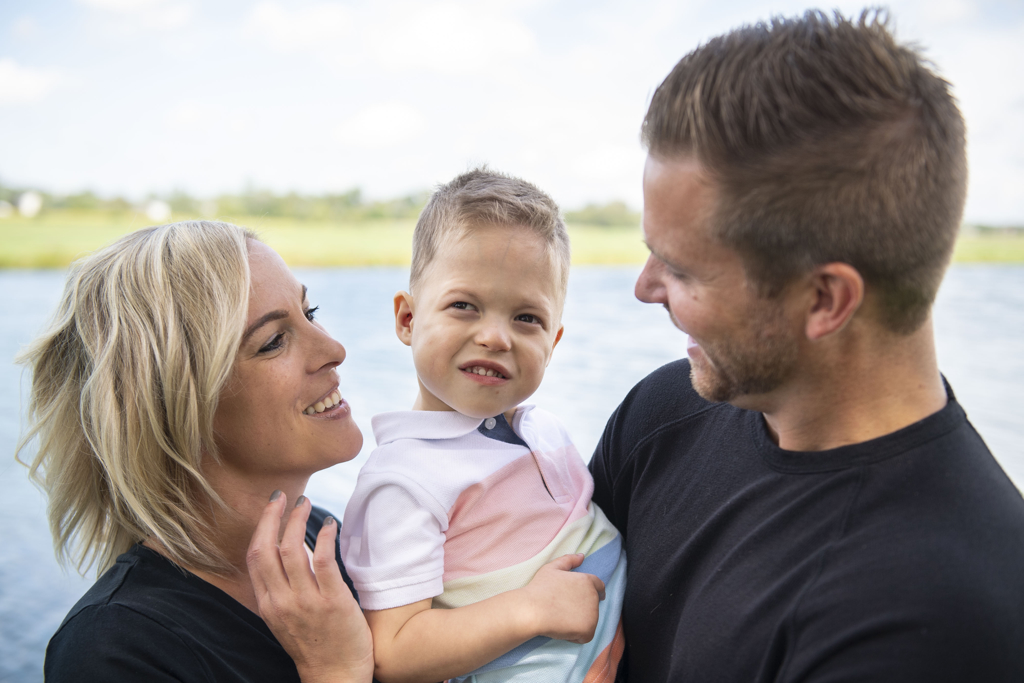

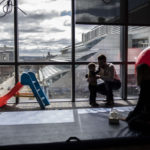

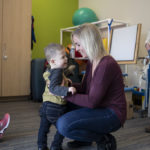
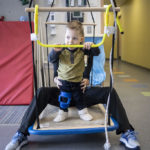
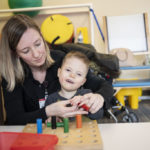
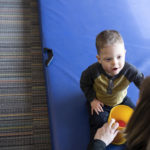







 /a>
/a>
 /a>
/a>
 /a>
/a>
Everett is our Great grandson. He has thought us not to give up and given us the faith that with many of us praying, God really has performed a miracle.
His Grandma ( our daughter) and grandpa Roys have also played a huge part in loving and caring for him.
I am so elated and thank God for the progress that Everett has made. This is such an inspiring article and gives hope to so many. Nick and Danielle are two incredible individuals. Everett is so blessed to have them at his side, loving, encouraging and never giving up on their baby boy.
Thank you, Julie! Everett is truly an inspiration. 🙂
Wonderful news on his growth!
Check out the Childrens Healing Center on Fulton in GR.
He can play and make friends and so can mom and dad❤️
This lil man is an absolute miracle and rockstar! He has beaten all the odds against him! I love following his progress. God chose Nick and Danielle as Everett’s parents because he knew they would fight for their boy and they have done just that! Continue to show us what you got E!! You got this!